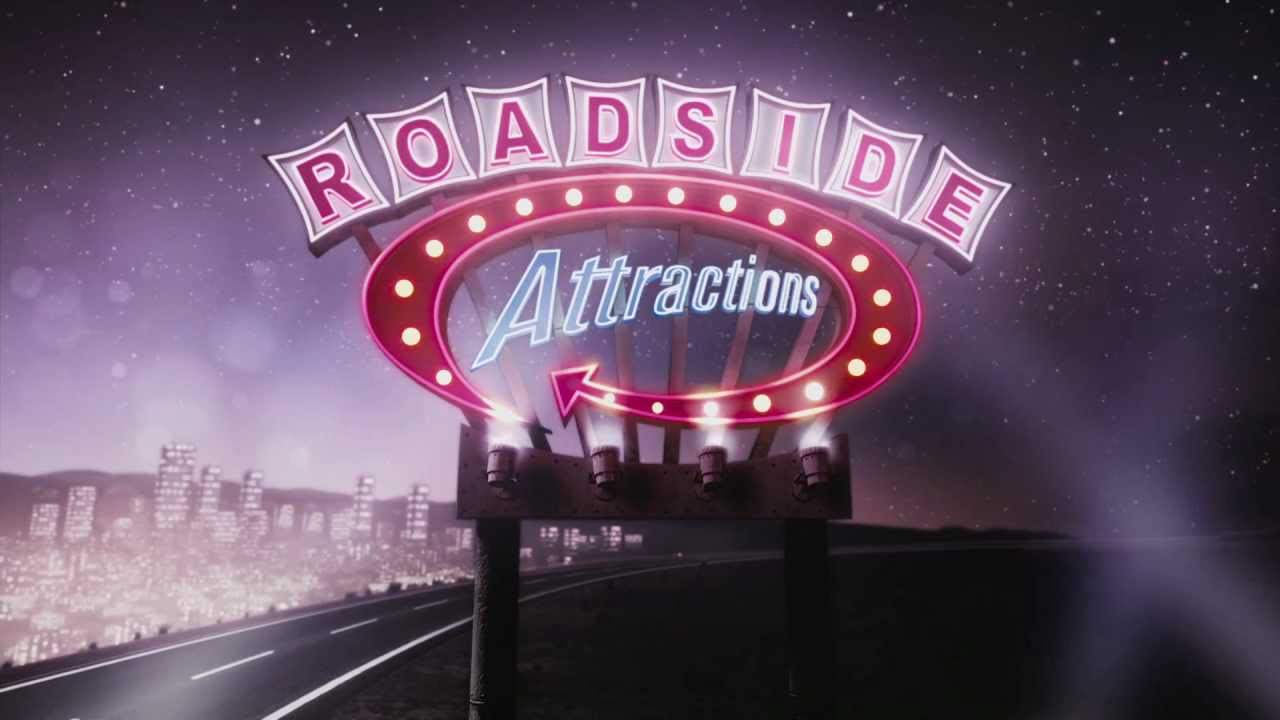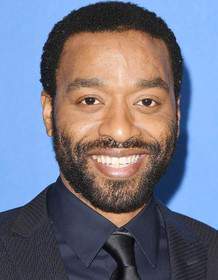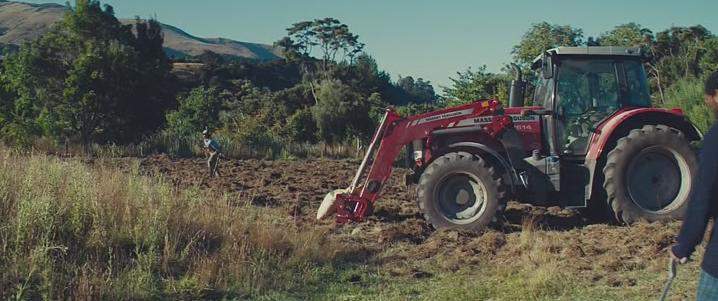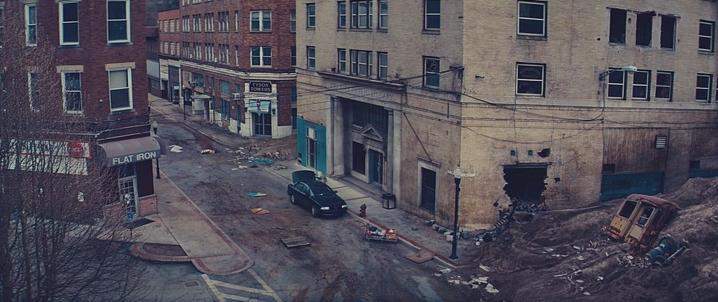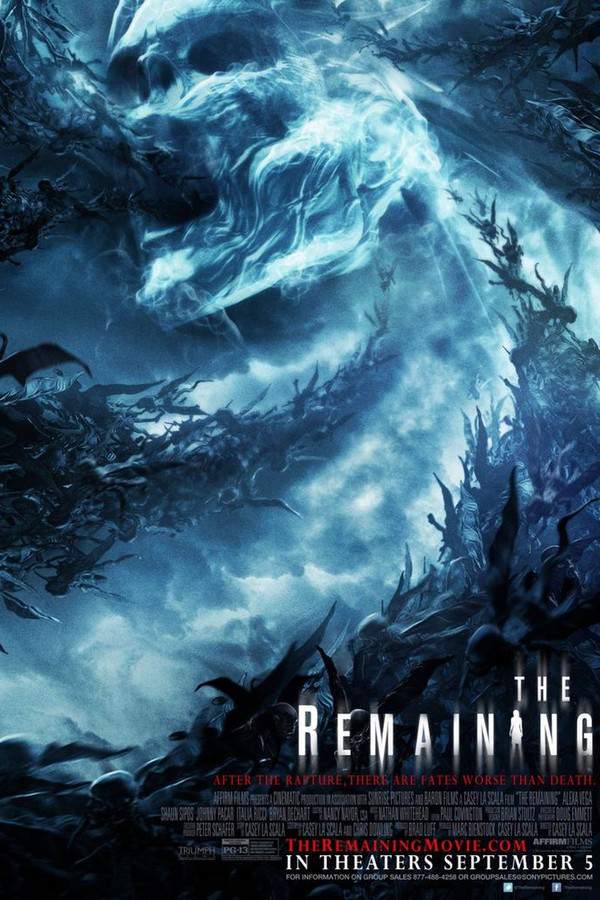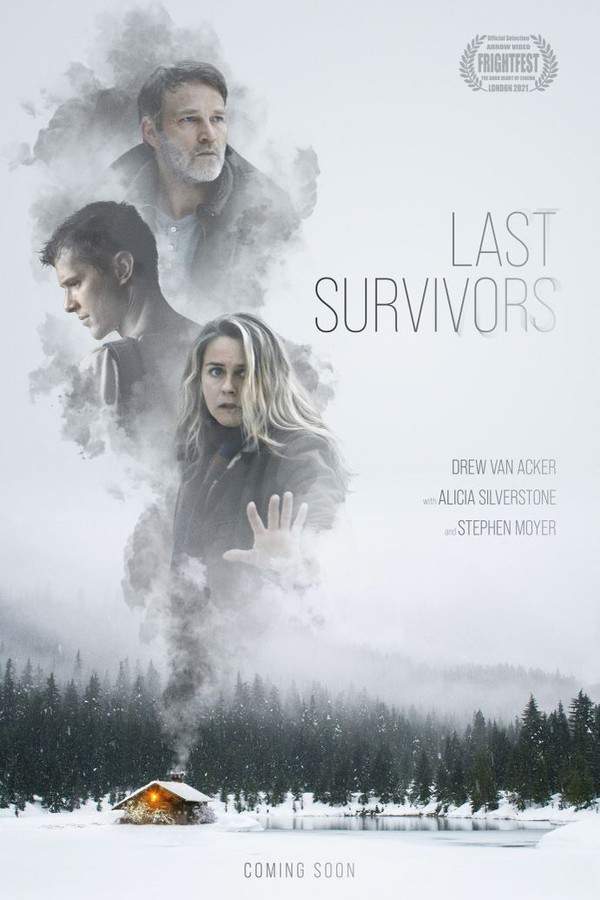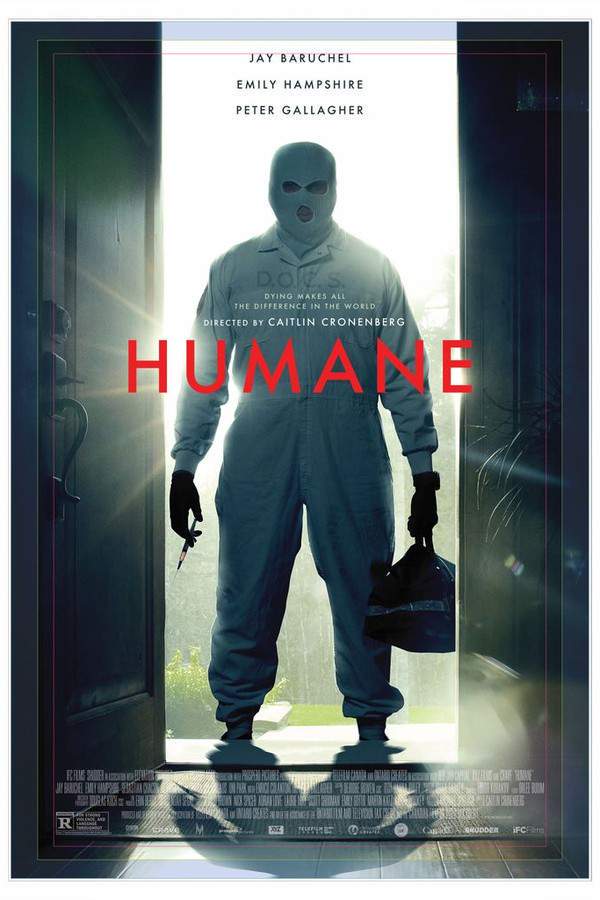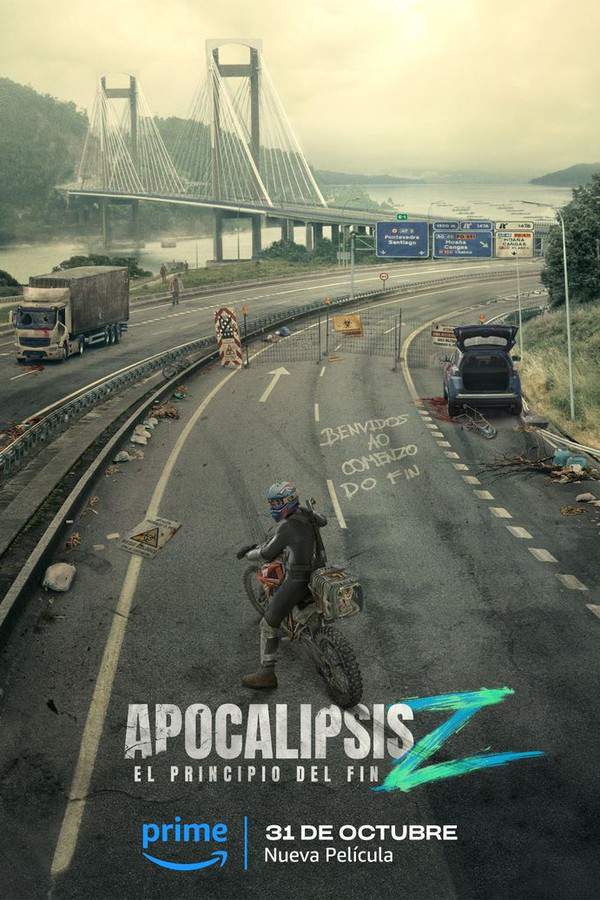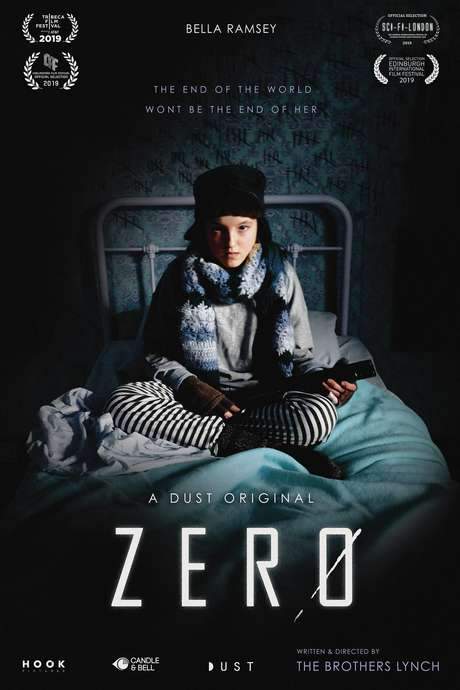Z for Zachariah 2015
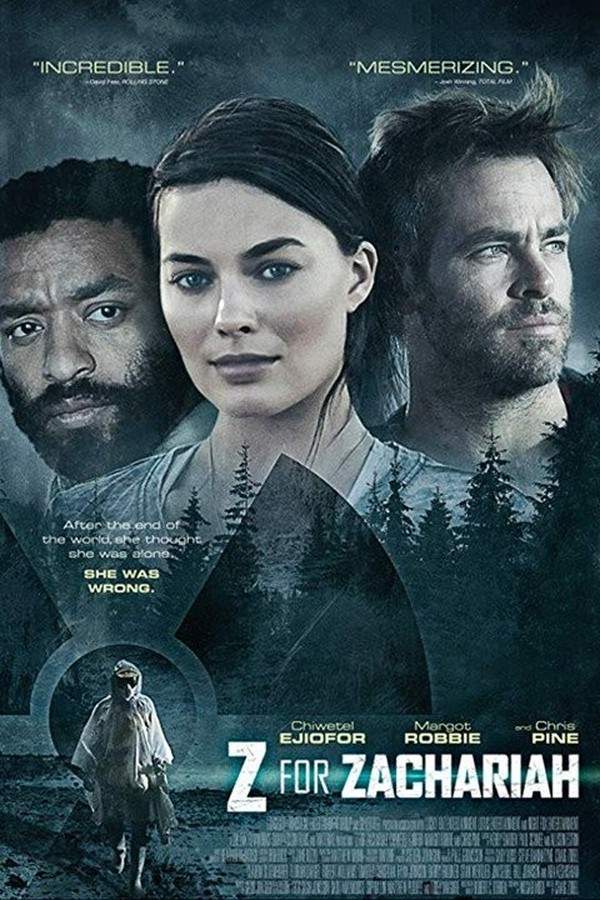
Following a devastating global catastrophe, Ann Burden believes she is the last surviving human. She cultivates a self-sufficient farm, finding solace in her isolation. This fragile peace is disrupted by the arrival of Caleb, a scientist seeking refuge. As they tentatively build a connection, Tate, another survivor, appears, forcing them to confront complex questions of trust, survival, and the potential for conflict in a world reborn.
Does Z for Zachariah have end credit scenes?
No!
Z for Zachariah does not have end credit scenes. You can leave when the credits roll.
Meet the Full Cast and Actors of Z for Zachariah
Explore the complete cast of Z for Zachariah, including both lead and supporting actors. Learn who plays each character, discover their past roles and achievements, and find out what makes this ensemble cast stand out in the world of film and television.
External Links and Streaming Options
Discover where to watch Z for Zachariah online, including streaming platforms, rental options, and official sources. Compare reviews, ratings, and in-depth movie information across sites like IMDb, TMDb, Wikipedia or Rotten Tomatoes.
Ratings and Reviews for Z for Zachariah
See how Z for Zachariah is rated across major platforms like IMDb, Metacritic, and TMDb. Compare audience scores and critic reviews to understand where Z for Zachariah stands among top-rated movies in its genre.

68
Metascore
5.6
User Score


79%
TOMATOMETER

44%
User Score

6.0 /10
IMDb Rating

57
%
User Score

2.9
From 7 fan ratings

3.29/5
From 7 fan ratings
Take the Ultimate Z for Zachariah Movie Quiz
Challenge your knowledge of Z for Zachariah with this fun and interactive movie quiz. Test yourself on key plot points, iconic characters, hidden details, and memorable moments to see how well you really know the film.
Z for Zachariah Quiz: Test your knowledge on the movie 'Z for Zachariah' from 2015 and its intriguing post-apocalyptic storyline.
What is the name of the valley farmstead where Ann Burden lives?
Burden farm
Harris farm
Loomis estate
Greene homestead
Show hint
Full Plot Summary and Ending Explained for Z for Zachariah
Read the complete plot summary of Z for Zachariah, including all major events, twists, and the full ending explained in detail. Explore key characters, themes, hidden meanings, and everything you need to understand the story from beginning to end.
Nuclear-apocalypse survivor Ann Burden (Margot Robbie) lives a rustic existence on her family’s isolated farm, protected from the dangers of a radioactive world by the surrounding hills and a plentiful water supply. One fateful day, Ann’s life takes a turn when she meets John Loomis (Chiwetel Ejiofor), a refugee who claims to have escaped a nearby government bunker. Despite his initial sickness from contaminated water, Ann tends to Loomis, providing him a warm welcome in her humble abode.
As Loomis recuperates, he becomes a pivotal part of Ann’s daily routine; together, they work on the farm, ensuring it thrives for the harsh winter ahead. Loomis shares his experiences, revealing his previous life as a research engineer trapped in a subterranean facility while the apocalypse unfolded. He helps Ann with practical tasks, including repairing the farm’s tractor and generating ideas for sustainable power. However, Ann is hesitant about Loomis’ suggestions regarding the water-wheel powered by the nearby waterfall, citing her father’s legacy as a preacher and her strong Christian beliefs.
Their bond deepens as they cultivate crops and plan for a shared future. Yet, underlying tensions begin to surface, notably due to Loomis’ struggles with alcohol and their clashing perspectives on faith. Just as they approach a pivotal moment in their relationship, Loomis steps back, expressing the need for more time to navigate their emotions.
The dynamic shifts dramatically with the unexpected arrival of Caleb (Chris Pine), a fellow survivor who complicates matters further. Although Ann is welcoming, Loomis harbors resentment against Caleb, driven by his own prejudices and jealousy. The trio’s relationships become entangled as Caleb and Loomis share their grim experiences, revealing the harsh reality of life after the bombs fell. Loomis opens up to Ann about a devastating memory that intertwines with her past, creating an emotional strain that clouds their growing attachment.
As Caleb advocates for the water-wheel project, the tension mounts, leading Loomis to give a reluctant nod for Ann to pursue a romance with Caleb, masking his heartache behind a facade of acceptance. Following a celebratory gathering, a drunken confession from Loomis breaches the surface of buried feelings, only to be overshadowed by Ann’s impulsive choice to find solace with Caleb.
Their sexual encounter escalates the conflict between Loomis and Caleb, culminating in a dangerous moment during the construction of the water-wheel. Loomis returns to the farmhouse alone, fabricating a tale about Caleb’s departure, which leaves Ann devastated. The restoration of electricity brings both relief and a sense of unease, as Ann discovers Loomis has taken the liberty of moving her cherished church organ into the barn. In a poignant moment, she plays a hymn, casting a wary glance at Loomis, who sits in silence, hands clasped, their fates intertwined as the scene draws to a close.
Uncover the Details: Timeline, Characters, Themes, and Beyond!

Coming soon on iOS and Android
The Plot Explained Mobile App
From blockbusters to hidden gems — dive into movie stories anytime, anywhere. Save your favorites, discover plots faster, and never miss a twist again.
Sign up to be the first to know when we launch. Your email stays private — always.
Watch Trailers, Clips & Behind-the-Scenes for Z for Zachariah
Watch official trailers, exclusive clips, cast interviews, and behind-the-scenes footage from Z for Zachariah. Dive deeper into the making of the film, its standout moments, and key production insights.
Cars Featured in Z for Zachariah
Explore all cars featured in Z for Zachariah, including their makes, models, scenes they appear in, and their significance to the plot. A must-read for car enthusiasts and movie buffs alike.
Z for Zachariah Themes and Keywords
Discover the central themes, ideas, and keywords that define the movie’s story, tone, and message. Analyze the film’s deeper meanings, genre influences, and recurring concepts.
Z for Zachariah Other Names and Titles
Explore the various alternative titles, translations, and other names used for Z for Zachariah across different regions and languages. Understand how the film is marketed and recognized worldwide.
Similar Movies To Z for Zachariah You Should Know About
Browse a curated list of movies similar in genre, tone, characters, or story structure. Discover new titles like the one you're watching, perfect for fans of related plots, vibes, or cinematic styles.
Quick Links: Summary, Cast, Ratings, More

What's After the Movie?
Not sure whether to stay after the credits? Find out!
Explore Our Movie Platform
New Movie Releases (2025)
Famous Movie Actors
Top Film Production Studios
Movie Plot Summaries & Endings
Major Movie Awards & Winners
Best Concert Films & Music Documentaries
Movie Collections and Curated Lists
© 2025 What's After the Movie. All rights reserved.


